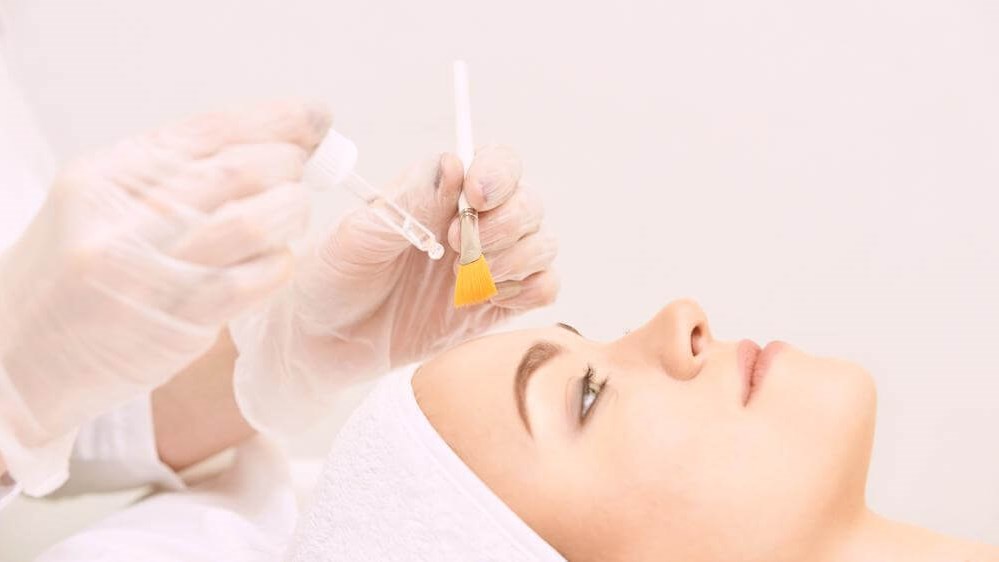Rejuvenate Your Skin Before Summer with Chemical Peel Treatment
&srotate=0)
The effects of time, sun exposure, and daily living tend to build up and show on your face. In today’s society, the toll on your skin may not reflect the way you feel inside, and you’ll do what you can to bring your appearance in line with your spirit. There are a wide range of treatments that can help rejuvenate the skin on your face, including high tech methods such as lasers and other light-based equipment and trendy fad treatments like the infamous “vampire” facial.
A versatile, effective, and affordable therapy has been around for decades and it may sometimes get lost in the plethora of new options. Chemical peels can treat wrinkles, scars, and discolorations of the skin using customized formulas to precisely match your needs. While other treatment methods may produce similar effects, chemical peels are a well-developed therapy with predictable results. It’s a modality you should consider when planning a skin resurfacing procedure. Springtime is perfect to gain the benefits of a chemical peel ahead of the outdoor summer season.
The chemical peel process
As the name implies, these treatments use chemicals to start an exfoliation and regeneration process for your skin. It’s not simply a standard procedure, however. There are a wide range of strengths as well as formula variations between manufacturers. Each of these chemical peel systems has its strengths, but each can also be classed into one of three general types based on how deeply they penetrate your skin.
Superficial peels
Often called “lunchtime” peels, this level of treatment has little downtime, meaning you can schedule an appointment for midday and then return to regular activities immediately after treatment. Typically, mild acids such as alpha-hydroxides form the active ingredient. As the shallowest of the three chemical peel types, the effects of treatment are the mildest. Superficial peels are ideal for a quick refreshing of your skin’s appearance.
Medium peels
Using stronger acids like glycolic and trichloroacetic acid, medium peels penetrate to the middle layer of your skin, called the dermis. These peels remove skin cells more aggressively and trigger collagen production. For patients with moderate skin discoloration, including age spots and freckles, the medium-level peel may be ideal. It’s also perfect for smoothing rough skin, and it improves the appearance of wrinkles and fine lines.
Deep peels
Trichloroacetic acid and phenol are generally used for the deepest chemical peels. This is the most aggressive level of peel, with the potential for the most dramatic improvements in discoloration issues and skin resurfacing. With this extensive skin penetration, you can also expect longer recovery times as new skin tissues reform. Deep peels are a one-time-only option, however.
What to expect after your chemical peel
The effects of chemical peels depend on the type and depth of peel used. No matter what level you choose, your skin will be vulnerable to sun exposure immediately after treatment, so plan on faithfully using a high-SPF sunscreen and wide-brimmed hat.
Since peels use controlled chemical burning of your skin, medium and deep peels may include blistering and swelling as part of the recovery process. It’s generally a two-week transition back to normal appearance with aggressive peels.
Dr. Mick and the team at Elysium SurgiSpa can examine your skin and recommend the right chemical peel regimen for you based on the improvements you want. Call the office or request an appointment online to schedule your free consultation today.